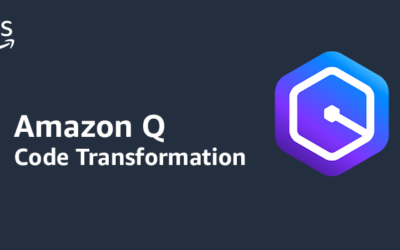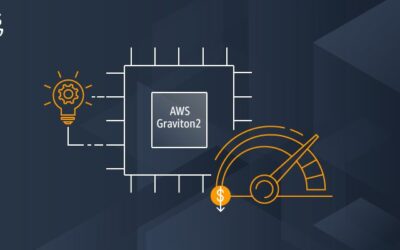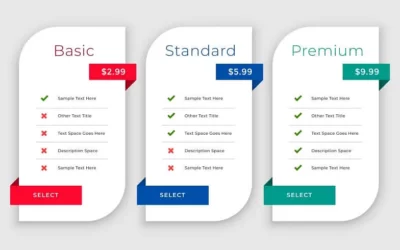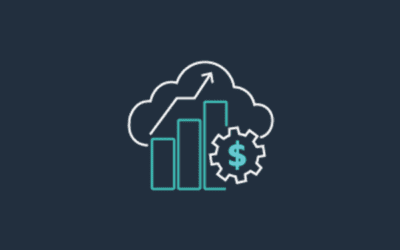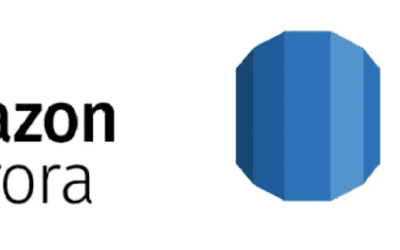Cloud Migration Checklist : Steps for Successful MigrationsIn the digital age, companies must migrate to the cloud to improve scalability, operational efficiency, and resilience. Migrating to AWS can transform IT operations and improve market responsiveness for medium...
AWS
AllCode is part of the Amazon Partner Network, with numerous AWS certified engineers. Amazon Web Services is a subsidiary of Amazon providing on-demand cloud computing platforms and APIs to individuals, companies, and governments, on a metered pay-as-you-go basis.
AWS re:Invent 2024 – Biggest Takeaway – GenerativeAI may be used
AWS re:Invent 2024 continues to surprise. We thought the focus would be on GenAI for Agents. Little did we realize that GenAI can be used to do framework upgrades as well!
3 Ways Gen AI and AWS can Enhance Your Business
Amazon is on the cutting edge of new technologies. They have been increasingly experimenting with AI and learning algorithms, culminating in their most recent breakthroughs in Generative AI. Developers and technology enthusiasts have access to their innovations through the tools available on AWS.
Business Owner’s Guide to DevOps Essentials
As a business owner, it’s essential to maximize workplace efficiency. DevOps is a methodology that unites various departments to achieve business goals swiftly. Maintaining a DevOps loop is essential for the health and upkeep of deployed applications.
AWS Graviton and Arm-architecture Processors
AWS launched its new batch of Arm-based processors in 2018 with AWS Graviton. It is a series of server processors designed for Amazon EC2 virtual machines. The EC2 AI instances support web servers, caching fleets, distributed data centers, and containerized microservices. Arm architecture is gradually being rolled out to handle enterprise-grade utilities at scale. Graviton instances are popular for handling intense workloads in the cloud.
What is Tiered Pricing for Software as a Service?
Tiered Pricing is a method used by many companies with subscription models. SaaS companies typically offer tiered pricing plans with different services and benefits at each price point with typically increasing benefits the more a customer pays. Striking a balance between what good rates are and the price can be difficult at times.
The Most Popular Cloud Cost Optimization Tools
Cloud environments and their pricing models can be difficult to control. Cloud computing does not offer the best visibility and it is easy to lose track of which price control factors are having an impact on your budget. Having the right tools can help put value to parts of an environment and provide guides on how to better bring budgetary issues back under control.
The Difference Between Amazon RDS and Aurora
AWS does incorporate several database services that offer high performance and great functionality. However, customers do find the difference between Amazon Relational Database Service and Amazon Aurora. Both services do provide similar functions, but do cover their own use cases.
AWS Snowflake Data Warehouse Pricing Guide
AWS Snowflake Data Warehouse – or just Snowflake – is a data cloud built for users to mobilize, centralize, and process large quantities of data. Regardless of how many sources are connected to Snowflake or the user’s preferred type of organized data used, data is easily stored and controllably shared with selectively-authorized access. Snowflake does offer extensive control over its pricing, though how it works isn’t always clear.
Guide to Cost Factors for Amazon’s RDS Pricing
Amazon sports a complex pricing model. As simple as the pay-for-what-you-use model sounds, there are several nuances to every service from data used to computing components chosen that can easily let users blow through their entire budget. That’s not to say AWS is an inherently expensive platform and can be adapted to with proper planning and understanding of the contributing factors to billing.


